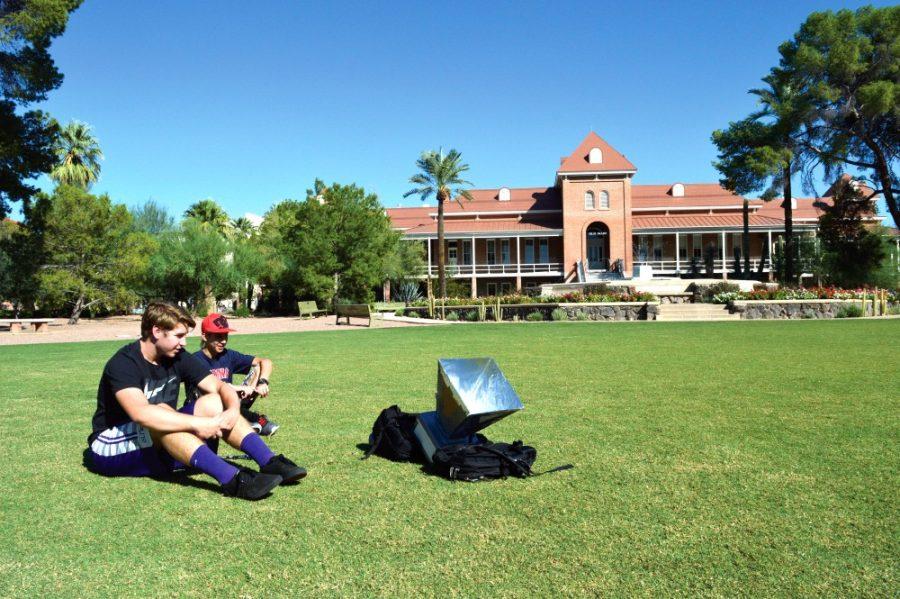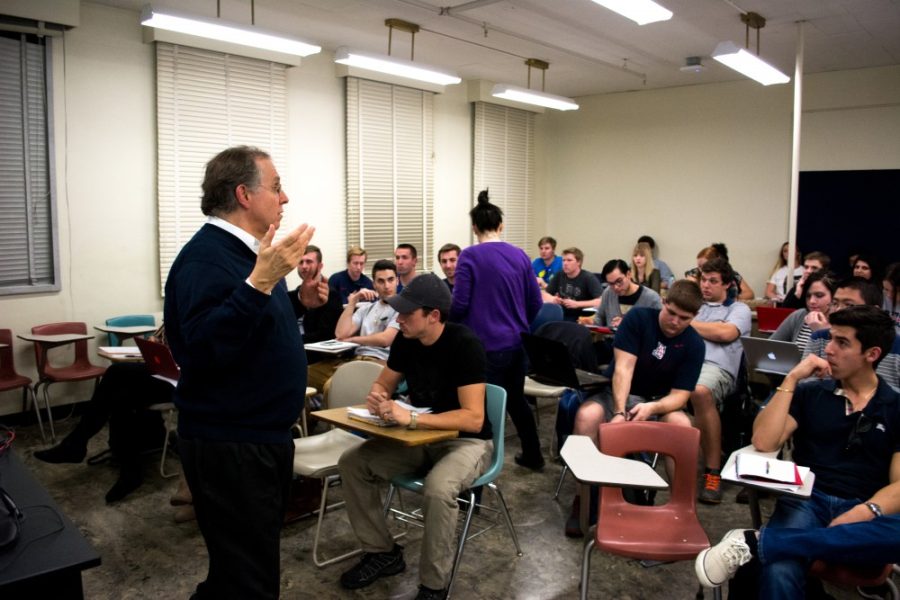The UA ranked 67th overall out of 750 universities, according to the newest global rankings released by U.S. News and World Report.
These are the second annual global rankings released by U.S. News and World Report. Last year, the UA placed 64th out of 500 universities that were ranked.
In addition to the global rankings, U.S. News and World Report also ranked the UA as the 58th best public university in the U.S. for 2016.
The UA also continues to be the only university in Arizona that is represented in the Top 100 of the overall global rankings.
The rankings, officially the list of Best Global Universities for 2016, are designed for potential college students to use in order to help them discover the strengths and weaknesses of different universities across the world.
Nearly 60 different countries were represented in the rankings, with two schools from the United Kingdom cracking the top 10—the University of Oxford came in fifth place followed by the University of Cambridge which came in sixth place.
Among other countries represented at the top of the rankings were Canada with University of Toronto at 16th, Switzerland with Swiss Federal Institute of Technology Zurich at 27th, Japan with University of Tokyo at 31st, Germany with Heidelberg University at 37th and Australia with University of Melbourne at 40th.
For the UA, five of its programs placed highly within the individual program rankings for 2016.
Space science was ranked at sixth, geosciences at 29th, plant and animal sciences at 32nd, environment and ecology at 42nd, and arts and humanities at 42nd. They were all able to crack the top 50 in their respective fields.
The space science program was also able to place within the top 10 in the regional and global research reputation rankings.
The methodology used by U.S. News and World Report to compile the global rankings was comprised of 12 different indicators.
“The Best Global University rankings … focus specifically on schools’ academic research and reputation overall and not their separate graduate and undergraduate programs,” Robert Morse wrote in an article describing the process by which U.S. News and World Report determined the world’s top universities.
A pool of 1,000 universities was created in order to provide a basis to rank the top 750 universities in the world.
The three main indicators, which comprise 37.5 percent of the score, are the institution’s global research reputation, the regional research reputation and the number of publications that are among the 10 percent most cited.
The number of publications produced, the percentage of publications most cited and international collaboration made up another 30 percent of the formula. Other indicators used included the number of books published, conferences held and the number of doctorate degrees awarded.
To calculate the research reputations of the universities, the rankings used results from Thomson Reuters’ Academic Reputation Survey conducted in 2014.
“The survey … aimed to create a comprehensive snapshot of academic’s opinions about world universities,” Morse wrote.
The UA placed 37th in the regional research reputation category of the rankings while sliding to 99th place in the global research reputation category in 2016.
These rankings will help provide potential college students with the chance to see the strengths of the UA and where there is still room for the university to continue to improve in the future.
Follow Sebastian Laguna on Twitter.









